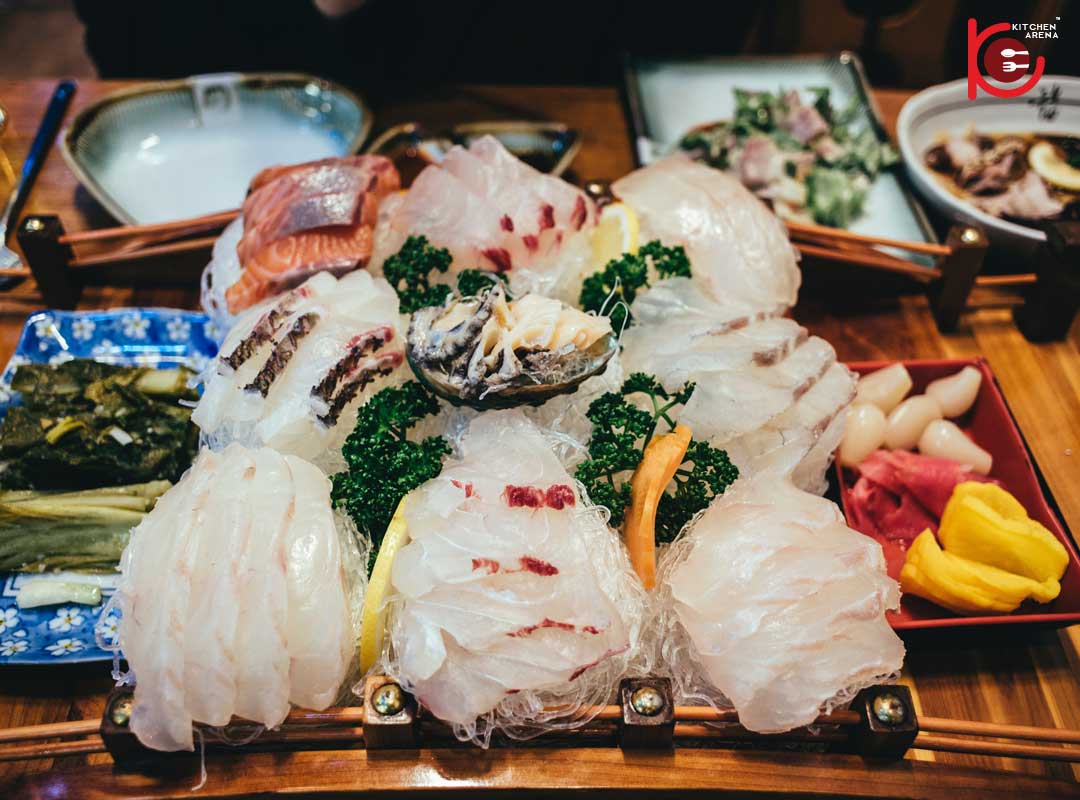When it comes to ordering fresh, Japanese seafood, you will find yourself with two options: either sushi or sashimi. Sashimi is thinly sliced raw meat, typically fish that is served without rice. Typically, sashimi is some type of salmon or tuna. Other popular types of sashimi are mackerel, yellowtail, shrimp, scallops, clams and octopus. Translated, sashimi means “pierced fish”.
Meanwhile, translated, sushi means “it is sour” which typically has to do with the vinegar rice. Sushi being served with rice and sashimi being served without it. While many people assume that sushi is also raw fish, it is actually vinegar rice that is mixed with a number of other ingredients, which can include either cooked or raw fish. Labels such as “sushi-grade” and “sashimi-grade” are common words in raw seafood language. So when you see a piece of fish labelled sushi- or sashimi-grade, that means that the seller has judged it safe to eat raw.


Longevity Sashimi in fridge
Now, the official recommendation here is that sushi grade fish should not be stored at all. It should be prepared and eaten right away when you bring it home. That being said, of course, the fridge is always an option, for storage up to two days – although it is not really recommended by food connoisseur.
Common storage temperature and days kept recommendation:




Freezing is often used to kill dangerous bacteria and parasites. For sashimi, freezing is really important step before consuming as raw meat usually will have bacteria and parasites living in them.
In fact, the U.S. Food and Drug Administration (FDA) recommends freezing at −35 °C (−31 °F) for 15 hours, or at −20 °C (−4 °F) for 7 days. Doing so will kill all the bacteria and parasites that may be living in the sashimi meat.
To keep Sashimi fresh, wrap them tightly in plastic wrap and then put in an airtight container in the freezer. If you don’t wrap your sashimi properly, the meat or fish is likely to suffer from freezer burn, which will affect the taste and consistency of the dish. On the other hand, if it is prepared sashimi, you don’t need to freeze it.


Summary
The most important thing to remember about storing sushi-grade fish is that freezing is the best way to go. Sashimi-grade fish rely on the freezing process to remove all parasites. If you want to store the sashimi meat in the fridge, though, make sure not to leave it in more than a day or two. Also, before eating it, always test its freshness.

